Van Gogh and Japanese Art
Six paintings. One concept
We could make this publication thanks to small donations. How is 3 minutos de arte supported?
In the second half of the 19th century, the arrival of the Japanese woodblock prints to Europe caused a true fury among artists that were revolutionizing everything.
And the influence of this art, called Japonism, would contribute to the beginnings of Modern Art with several crucial elements: the use of flat colors, edges outlined with a thick line (related to the technique called Cloisonnism), weird framing —which added spontaneity to works— bright colors, lack of concern for perspective, synthesis and themes such as the praise of nature.
Vincent Van Gogh was one of those artists passionate about Japanese woodprints. He had a lot in his studio. He incorporated many of their resources and inserted those Japanese woodprints in his paintings as part of the “scenery.”
The artist told his brother Theo in a letter: “And we wouldn't be able to study Japanese art, it seems to me, without becoming much happier and more cheerful, and it makes us return to nature, despite our education and our work in a world of convention.”
Recommended links:
Van Gogh and his Translation of Millet.
Van Gogh and the Swirling Brushstrokes.
You can also find more material using the search engine.
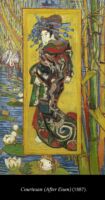
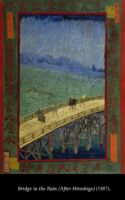
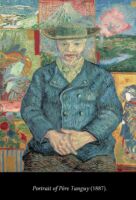

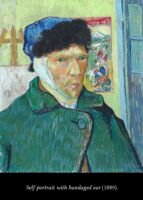
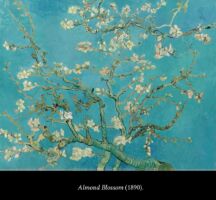



0 Comments